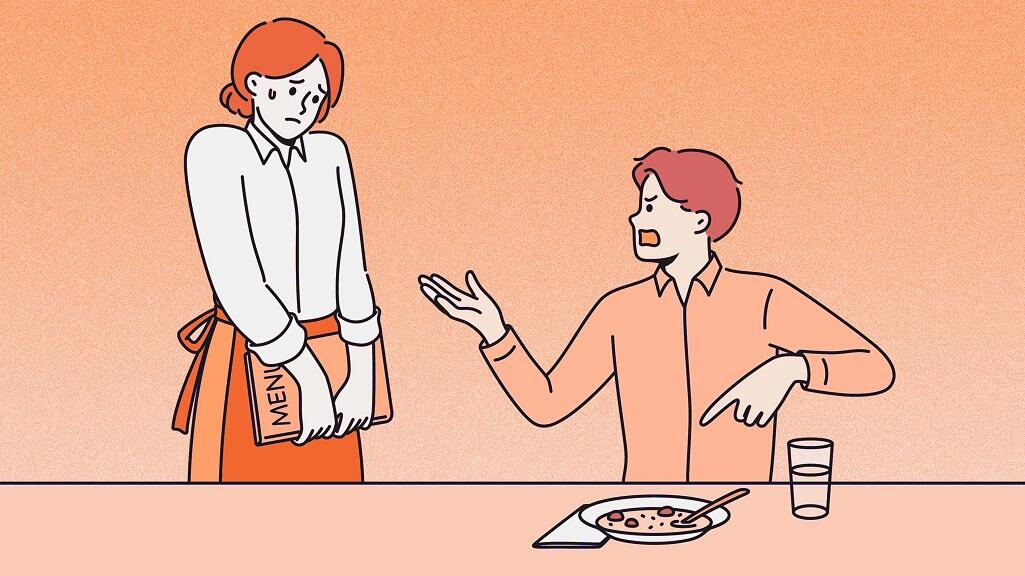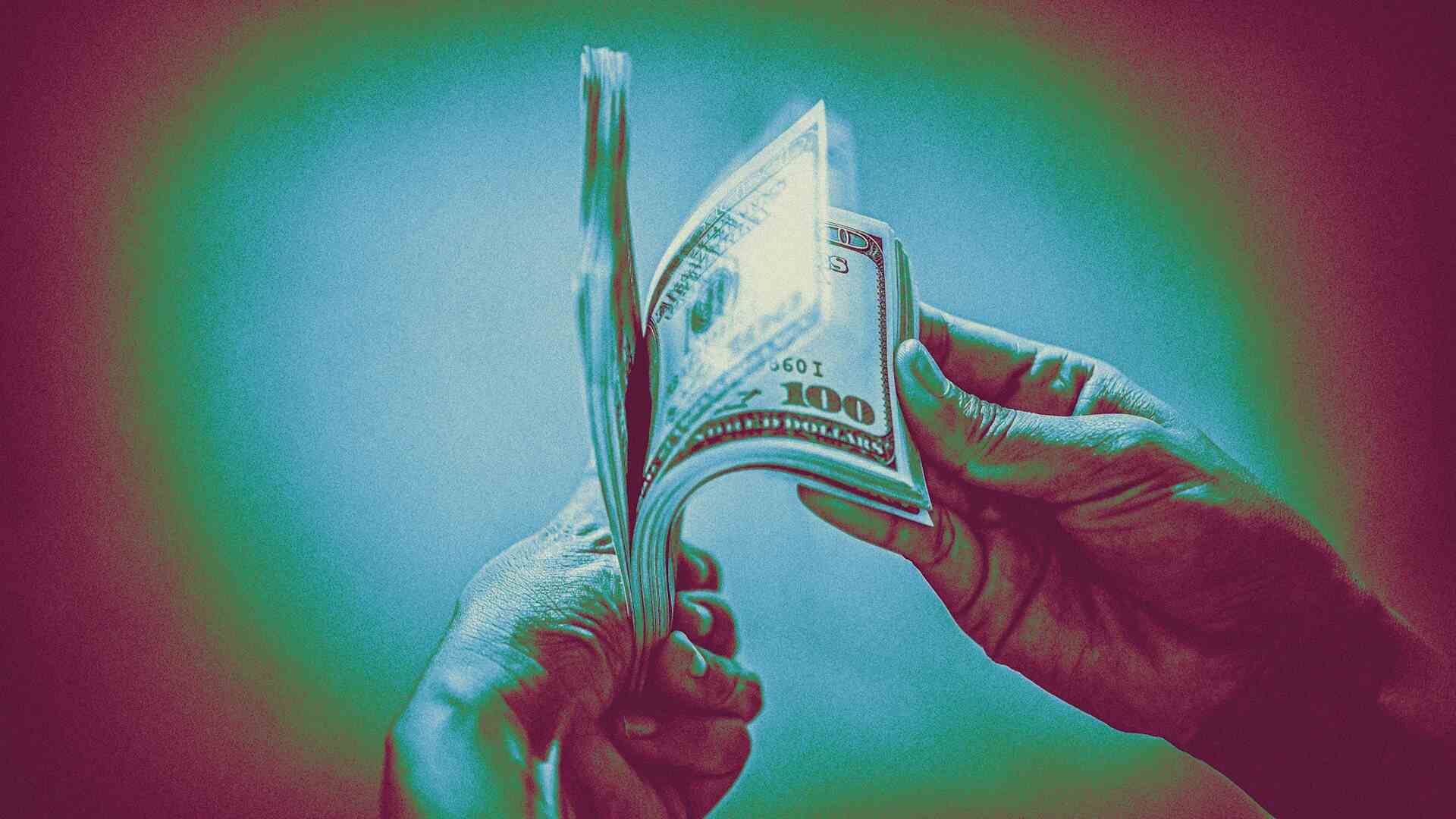- | 9:00 am
Success can be a trap. How to avoid being a one-hit wonder
We’re primed to self-sabotage after success at work, research shows. But there’s a way around the mental trap.

It’s the dream: You finish a huge project that wins widespread acclaim—from your boss, your peers, your clients, your friends and family. You’re flying high. The world should be your oyster.
And yet? You can’t find the inspiration to follow up. Your productivity dries up. You’re afraid lightning won’t strike twice.
You fear being a one-hit wonder. Maybe not in the obsolete pop star sense—but in the professional, creative, successful sense. It’s a horrible, limiting feeling that kills your productivity, not to mention confidence.
But according to research from the Rotterdam School of Management in the Netherlands, there’s a cause for the feelings of inadequacy following a big accomplishment. And better understanding this phenomenon can help to break through that mental block.
Feeling marked by success
The research points to something called a “creative identity threat,” in which you become so attached to your reputation for genius (or, well near genius), that you fear putting it at risk with another project. This paralyzes original thinking—making a sophomore slump almost a self-fulfilling prophecy.
Dirk Deichmann, one of the researchers behind the Rotterdam study, says that the inspiration for this project was the product of living in a flat above a cookbook store. He was fascinated by the sheer variety of titles in their window. “You can do endless combinations with new categories [of cuisine], new techniques, and materials,” he says. So as a creativity researcher, he immediately started wondering what kinds of factors would influence a cookbook author’s success.
Working with Markus Baer, a professor of organizational behavior at Washington University in St. Louis, he turned to data from the U.K.’s cookbook market, looking at detailed records of year-by-year sales. They found that around 50% of first-time authors fail to write another book in the five years following their debut.
Now, this could occur for a variety of reasons. Perhaps the sales of the first book were dreadful. But in many cases, it was the opposite: It was often the people with the most original ideas and the greatest acclaim who failed to publish a second title.
The phenomenon, they suspected, could be explained by an area of psychology known as “role identity theory”: how certain “roles” become embedded in our sense of who we are. If we have received extraordinary praise for our ingenuity, then our reputation for creativity may become central to our identity. We fear that crown slipping, and so we (counter-intuitively) avoid new creative adventures—in case we fail to meet the same acclaim a second time.
Fear of a jeopardized reputation
Deichmann and Baer decided to test this hypothesis and explore this phenomenon of self-sabotage.
They measured how “novel” each cookbook on their list was (by analyzing publishers’ online descriptions of its contents), as well as how many awards each book received, if any. Sure enough, the more “creative” someone’s debut had been—and the more acclaimed they had received—the less likely they were to publish a sequel. Success, it seems, can be a poisoned chalice.
For further evidence, Deichmann and Baer decided to recreate the phenomenon with participants in the lab. In one experiment, the participants were asked to come up with a concept for a new cookbook. Some were told that they had shown great originality, while the rest were told their idea was “solid and traditional.” These two groups were divided again, with roughly half from each receiving additional recognition by being told their idea was likely to “make a big splash”—leading them to be featured on the cover of the university’s magazine. Finally, all participants were offered the chance to pitch a second cookbook concept.
As expected, the people who had been singled out for their creativity, and won the additional recognition of the magazine cover, were significantly less likely to propose a follow-up idea.
Crucially, a questionnaire about their feelings confirmed that this reluctance stemmed from their fears of losing their creative identity. They were more likely to agree with the statement “the thought of coming up with a new idea for a second book makes me feel like I could jeopardize my reputation as a creative producer,” for instance.
A creative identity threat may be prevalent in many domains, Deichmann suggests. Any time you allow your ego to depend on the acclaim you hope to receive for a project, be it a killer marketing campaign, an ingenious design or an outstanding product line, you could find yourself struggling to come up with more new ideas.
Escaping the trap
If you worry about suffering from creative identity threat, Deichmann has a couple of suggestions.
The first is collaboration. Find someone, or a group of people, who might be able to contribute to your next project. “That way, the creative identity threat doesn’t lie so heavily on you, but you share it.” The second is to try to focus your mind on the creative process, rather than obsessing about the end goal, which inhibits the free-flowing thoughts that are essential for idea generation.
This fits with research by Ella Miron-Spektor, professor of organizational behavior at the INSEAD business school in Fontainebleau, France. She’s examined how people’s “goal orientation” can influence their creativity. Some people are “performance oriented” (worried about how their results compare to their peers); others are “learning oriented” (focused on building skills).
In one study, Miron-Spektor looked to seven years of data from a tech company that had introduced an innovation program asking employees to suggest ways to improve their processes or products, which were then judged by an expert panel. She found that learning-oriented people produced more ideas, and the quality of those ideas tended to grow over time. Meanwhile, the performance-oriented people tended to dry up quickly.
Finally, Deichmann’s third piece of advice: Establish a creative routine. After a big success, you may feel especially anxious if you simply wait for your next “eureka!” moment to land by change. But you may feel greater confidence if you can find a systematic process to find and test ideas. An inventor or designer, for example, might start out by interviewing and observing their potential customers to suggest new markets to exploit: “You define a problem, you generate different ideas for that problem, and you prototype.”
There is no guarantee that inspiration will strike the same mind twice—but a little courage, perseverance, and strategy can greatly enhance the chances that your genius will burn long into the future.






































